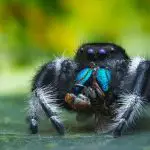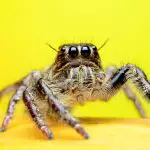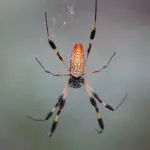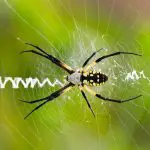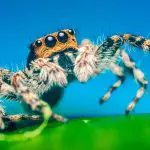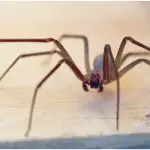Last updated on February 1st, 2023 at 10:05 am
Spiders without venom do exist, but they’re not common at all. Other spiders have venom but so little that it can’t really do much…
Not all spiders have venom. Though few in number, there is a family of nonvenomous spiders called the Uloboridae. The most well-known of these is the Cribellate Orb Weaver which weaves an intricate web to catch insects. Instead of using venom, these arachnids rely entirely on their web to overcome prey.
Do all spiders contain venom?
Not all spiders have venom. Though it is true that most of them do, there are a group of species called the Uroboridae that are completely without venom. These spiders are the only group that we know of so far to have evolved to lose their venom glands.
Venom is a complex cocktail of chemicals injected into the body of prey by spiders. They are generally classified as neurotoxins and cytotoxins. Neurotoxins are designed to kill other arthropods by attacking their nervous systems.
Cytotoxins break down tissue in order to consume their meal. Both types of venom can be dangerous for humans. In order to avoid a bad reaction, you should always avoid spider bites.
Venom is used by some species of spiders to kill and/or paralyze prey. Although most species are too small to do much damage to humans, they still bite when threatened and harassed.
Venom in spiders is a powerful way to kill pests, and some species are of great ecological importance. But despite their usefulness, it is important to be careful around spiders – especially those that are highly venomous.
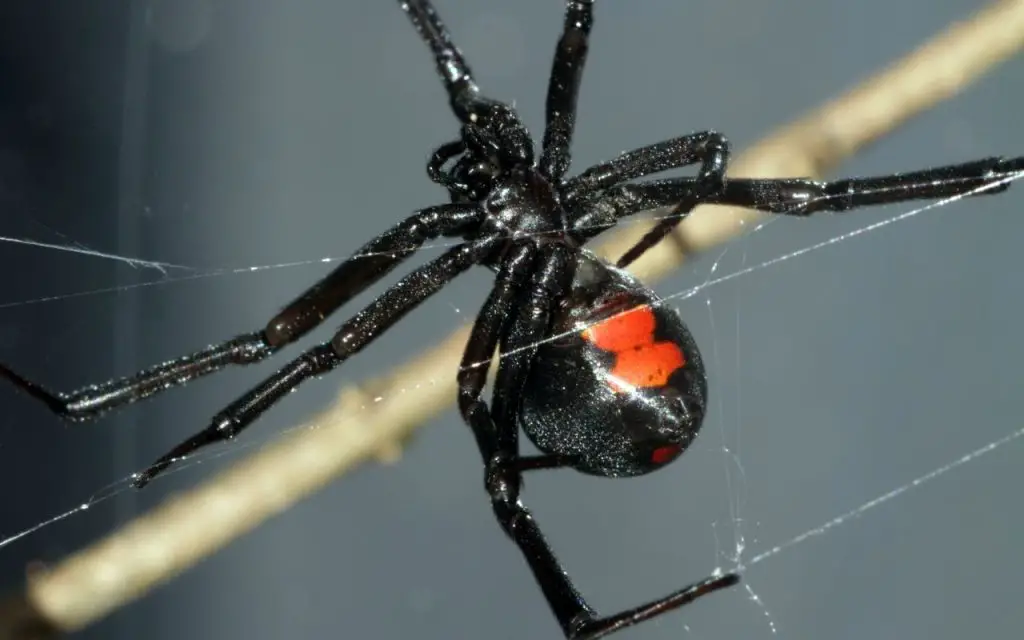
Uloboridae spiders
The Uloboridae family includes 72 species of spiders, all of which lack venom. The spiders’ web structure is varied, with three primary types of webs: orb, triangle, and trashline. Most species form triangle webs, but some make orb webs that are horizontal.
The placement of the egg sac varies between the different uloborid species. The Hyptiotes spiders deposit eggs on tiny twigs. Octonoba spiders place their egg sacs at the edges of the orb, while Zosis females incorporate the sacs into the orb.
The Uloboridae includes the conifaber spider, which has four species. Another spider family is the Daramulunia, which has two species, both of which lack venom. These spiders are a popular attraction because they don’t have any stingers or venom.
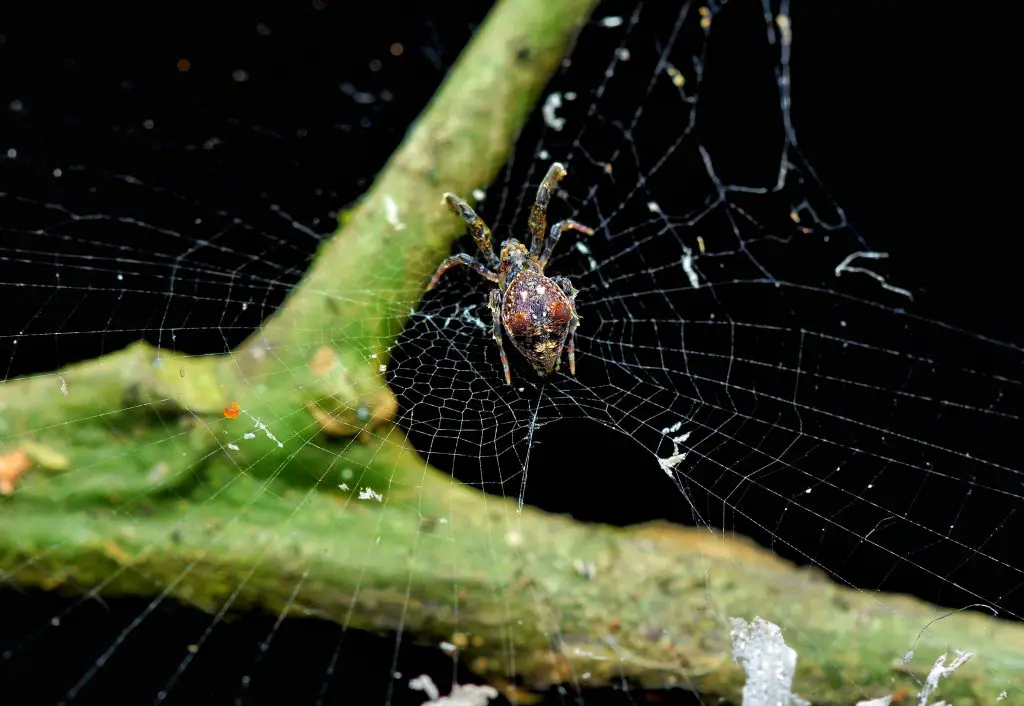
Cribellate orb weavers
Cribellate Orb Weavers are a handful of species within the Uroboridae family. They build small, but intricate, circular webs. They feed on small insects that are easily tangled up, and can be found in forests, around outdoor lighting, tall grass, and fences. They live in tropical South America, namely Brazil.
Uloboridae spiders produce feathery or cribellate silk, which they use to ensnare their prey. Unlike true orb weavers, they do not produce venom. Their orb webs are made without adhesives and are able to catch a variety of prey, including flies, ants, and other insects.
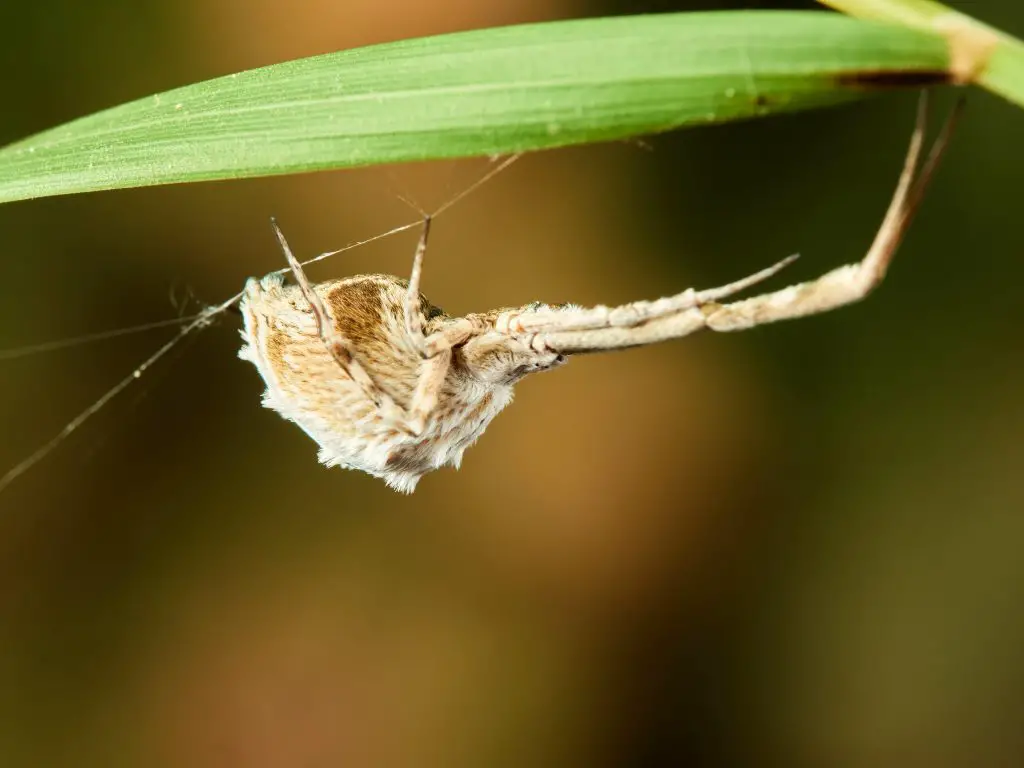
Are house spiders venomous?
There are many different types of spiders that live in the house. Although the term “house spider” may mean any spider that lives in a house, it is generally Hobo Spiders, Wolf Spiders and Cellar Spiders that most often enter buildings.
Spiders are predatory, which means that they feed on other insects and will inject venom into bites for dispatching and digesting their catches. In the case of a spider that bites humans, the venom will rarely cause serious harm or death. That said, the bite of the Hobo Spider is said to be strong to cause nausea and a rash in some people.
Although house spiders have venom, the chances of being bitten by one are very minimal. People typically only encounter a spider if they try to squash it or press on it. In these situations, a spider is more likely to bite if it feels threatened.
Are wolf spiders venomous?
While they’re normally docile, wolf spiders are considered nuisance pests by some and may bite if they feel threatened. The fact that Wolf Spiders get quite large in some regions probably doesn’t help their reputation much. After all, the bigger the spider, the scarier it is to arachnophobes.
The good news is that wolf spiders rarely bite humans, although their venom can be toxic if the person is allergic (which is uncommon).
Wolf spiders typically hunt on dry land, and they don’t spin webs. They actively hunt their prey, and then use their fangs to deliver the venom.
This venom kills their prey, liquefying the contents. While this venom is great for taking out small bugs, it is not strong enough to kill humans or pets.
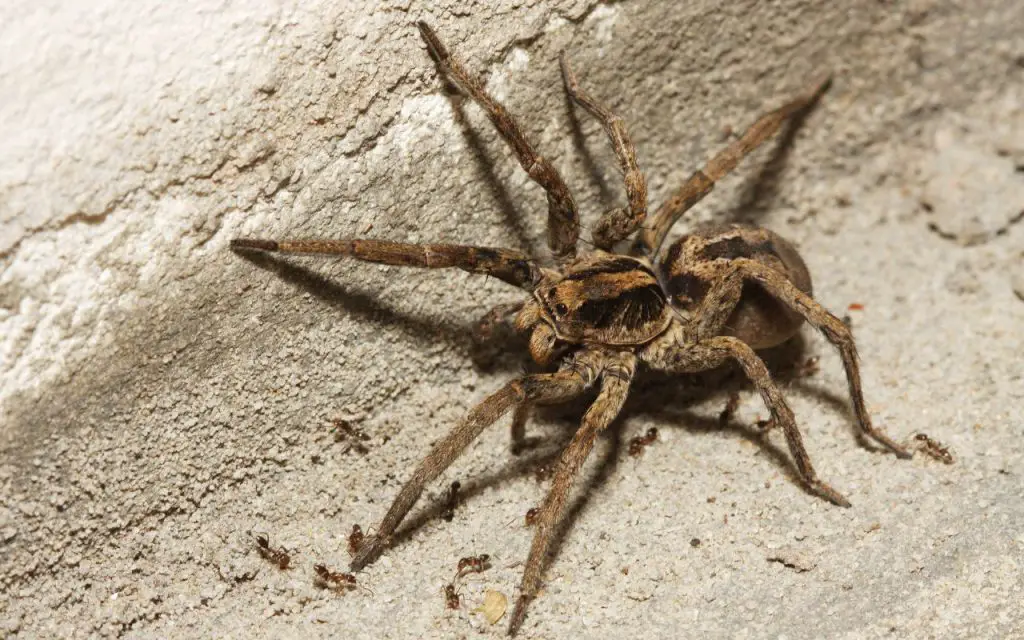
Are most spiders non-venomous?
While many spiders are harmless, some are not. The mildy venomous spiders are the ones most commonly encountered in most regions. These spiders include orb-weavers, garden spiders, and house spiders.
There are over 43,000 different spider species worldwide, but only a tiny number are harmful to humans. In fact, only less than 30 spiders are known to cause human illness. Venom from spiders is designed to kill and subdue insects and other small animals.
It is unlikely to cause serious harm to humans, but it can cause skin lesions and allergic reactions. Nevertheless, you should avoid contact with spiders and keep a distance unless you are very knowledgeable.
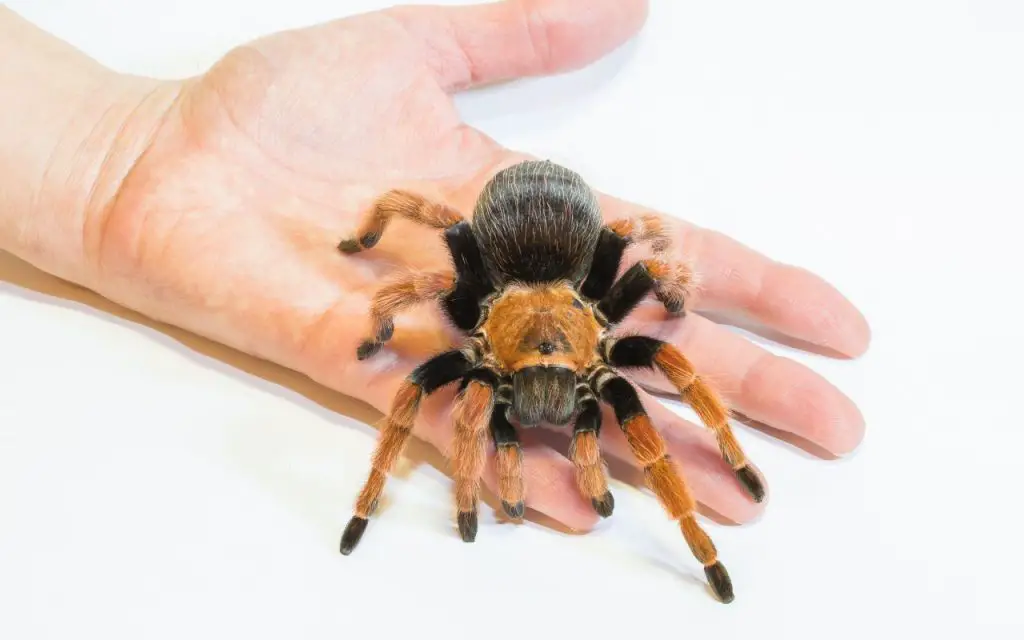
Do Daddy Long Legs have venom?
Although daddy longlegs are not spiders, they are related to them. Although they are regularly confused with Cellar Spiders, the daddy longlegs belong to the arachnid order Opiliones.
This group of arachnids is very large, with over 6000 species living in the world (possibly much, much more). Their body plan is relatively similar to that of spiders, which is why they are often mistaken for them. Notwithstanding, most scientists think that they are more closely to other arachnids – possibly mites.
These small, inoffensive creatures have eight flimsy legs and live in dark, moist places. They do not bite humans, but instead secrete chemicals that are poisonous to small predators.
They also lack the fangs and glands required for venom production, so they cannot produce venom. Despite this, a daddy long leg may bite or scratch you, though this is unlikely to occur anyway.
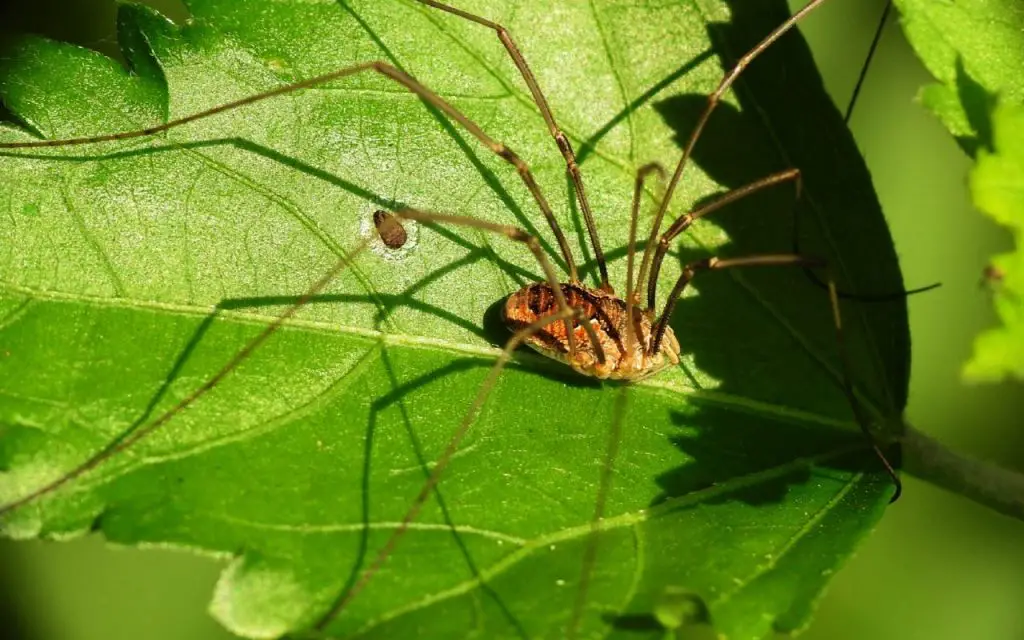
Do jumping spiders have venom?
While it is true that jumping spiders have venom, it is weak and ineffective compared to other spiders or venomous reptiles. The venom of jumping spiders is only toxic to small insects, and not powerful enough to harm humans or larger animals.
Despite the fact that their appearances may be frightening, these creatures are not aggressive. Jumping spiders are friendly and curious creatures.
Their large eyes and pedipalps make them look very friendly, and their ability to dance to impress potential mates is well documented. However, they will try to avoid contact with humans if they sense an attack. They are not a danger to humans if handled carefully or left alone.

